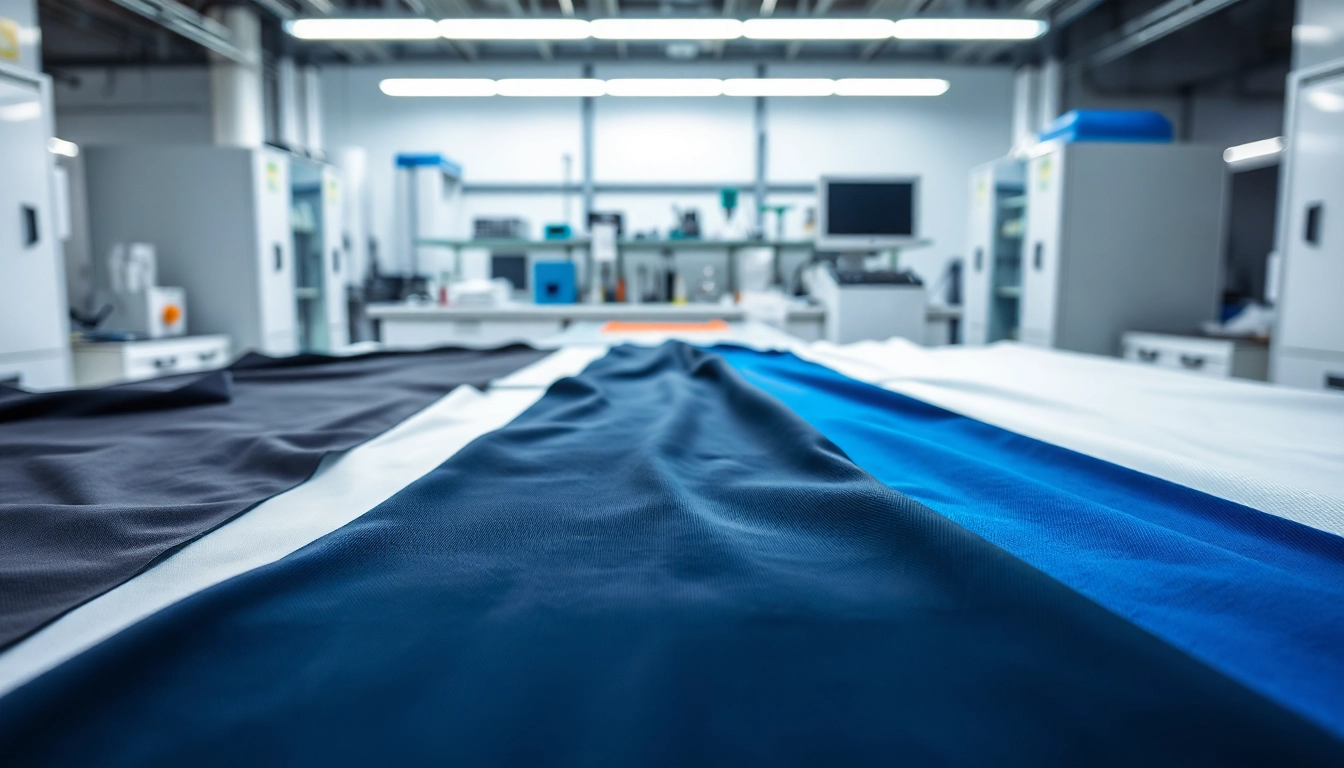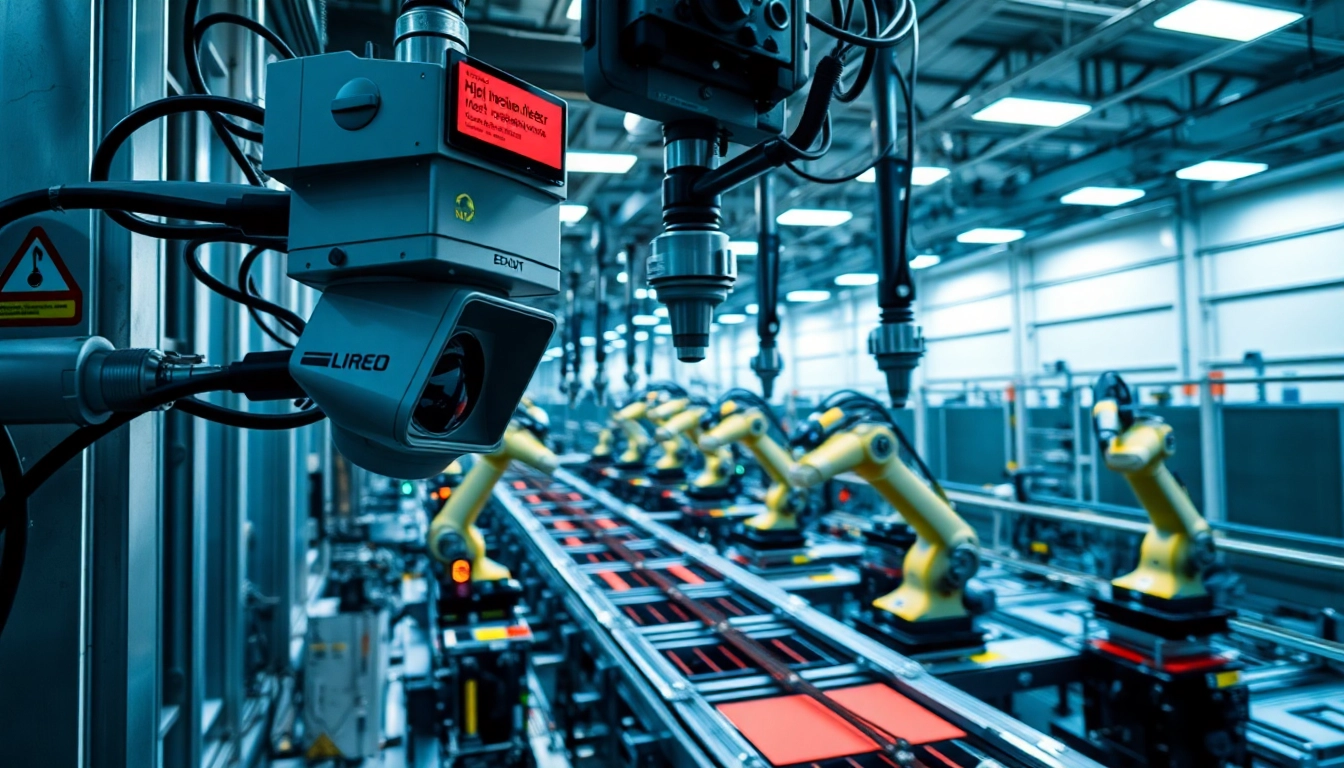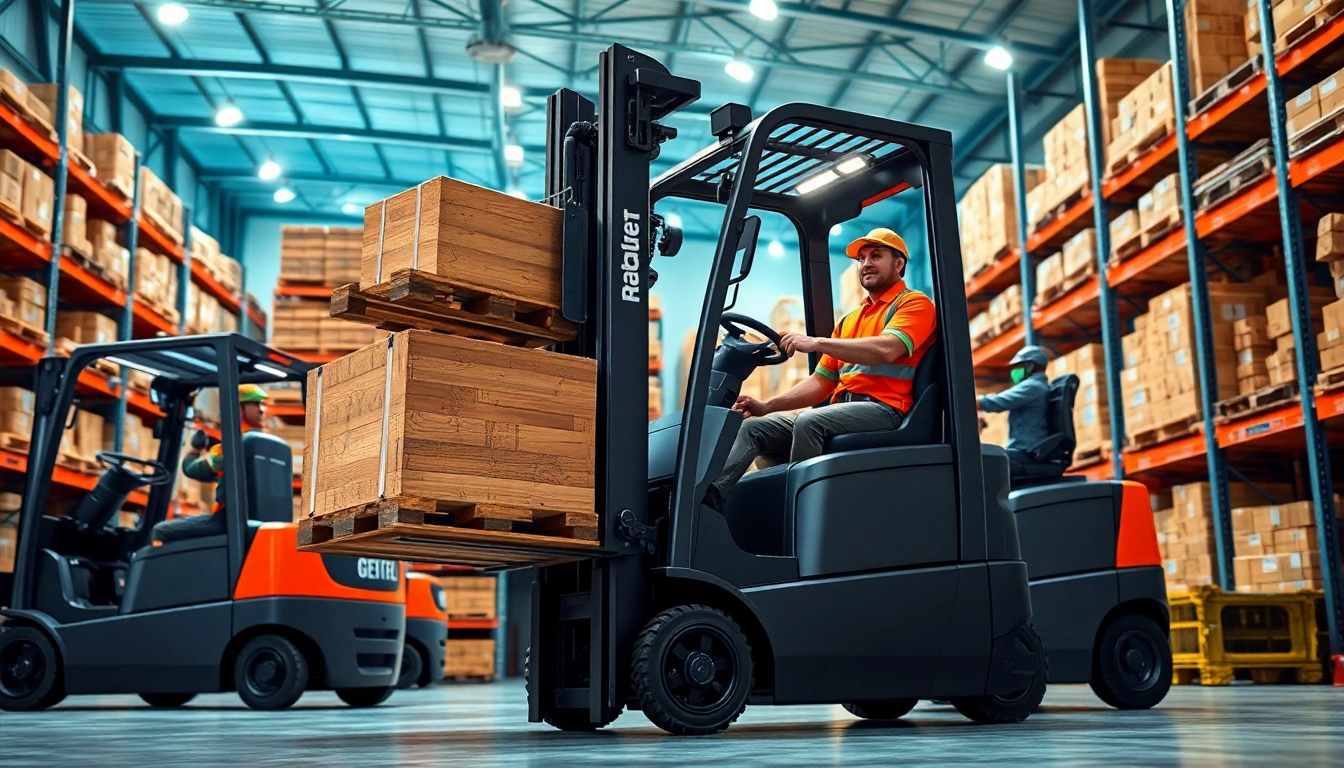Understanding Epoxy Prepregs
What Are Epoxy Prepregs?
Epoxy prepregs, short for pre-impregnated composites, are advanced materials that consist of reinforcement fibers (such as carbon or glass) that have been pre-impregnated with a specific epoxy resin system. This process involves saturating the fibrous material with resin in controlled conditions, resulting in a composite that is ready for use in high-performance applications. The use of epoxy prepregs is a significant advancement in manufacturing because it optimizes the curing process and provides uniformity in mechanical properties, leading to enhanced performance and durability.
These materials have become integral in industries ranging from aerospace to automotive, sports equipment, and beyond. The nature of epoxy prepregs allows for easy handling and precise control over the composition of the final product.
Key Components of Epoxy Prepregs
Understanding the composition of epoxy prepregs is crucial for appreciating their benefits and applications. The primary components include:
- Reinforcement Fibers: Commonly used fibers include carbon fibers, glass fibers, and aramid fibers. These fibers provide the primary structural strength and stiffness.
- Epoxy Resin: This is the polymer matrix that binds the fibers together once cured. Epoxy resins are chosen for their excellent adhesion, chemical resistance, and thermal stability.
- Modifiers and Additives: These may include toughening agents, fillers, or catalysts that enhance specific properties such as flexibility, strength, or curing speed.
The Benefits of Using Epoxy Prepregs
Epoxy prepregs offer a multitude of advantages that make them ideal for advanced manufacturing:
- High Strength-to-Weight Ratio: The combination of high-strength fibers and lightweight resin yields components that are extremely strong yet lightweight, crucial for performance in aerospace and automotive sectors.
- Thermal and Chemical Resistance: Epoxy resins provide excellent resistance to a broad range of chemicals and maintain their integrity under high temperatures.
- Precision in Fabrication: The pre-impregnation process ensures that the ratio of resin to fiber is consistent, making it easier to predict the mechanical properties of the final product.
- Reduced Waste: The process significantly reduces material waste compared to traditional wet layup methods, making it more sustainable and cost-effective.
Applications of Epoxy Prepregs
Use in Aerospace Manufacturing
The aerospace industry is one of the largest consumers of epoxy prepregs. These materials are utilized in components where performance, weight savings, and durability are critical. Parts such as wing structures, fuselage sections, and interior components benefit tremendously from the lightweight and robust properties of epoxy prepregs. Aircraft manufactured with these materials can achieve higher fuel efficiency due to lower overall weight, which translates to significant cost savings in operational efficiency.
Furthermore, the precision afforded by epoxy prepregs allows for intricate designs that can enhance aerodynamic performance, making them invaluable in modern aircraft engineering.
Applications in Automotive Industries
The automotive industry is increasingly relying on epoxy prepregs to produce lightweight yet strong components. From body panels to structural elements, these materials are employed to reduce weight while maintaining safety and performance standards. The integration of epoxy prepregs helps manufacturers meet regulatory requirements for increased fuel efficiency and lower emissions.
Moreover, the rapid curing cycles enabled by epoxy prepregs can significantly reduce production times, leading to faster vehicle assembly and reduced manufacturing costs. This is particularly advantageous in the highly competitive automotive market, where efficiency and quality can determine market success.
Role in Sports Equipment Production
Epoxy prepregs are also widely used in the production of high-performance sports equipment, such as bicycles, golf clubs, and protective gear. The high strength and lightweight properties of these materials enable sports equipment manufacturers to produce products that offer enhanced performance and durability.
For example, bicycles made from carbon fiber epoxy prepregs are often lighter than their metal counterparts, while providing superior stiffness and strength, resulting in better power transfer and efficiency. As a result, athletes can enjoy improved performance, making epoxy prepregs a pivotal material in the sports industry.
Manufacturing Processes Involving Epoxy Prepregs
Cutting and Layup Techniques
The handling of epoxy prepregs involves specific cutting and layup techniques that ensure optimal performance of the final composite. Layup can be done manually or using automated processes like tape laying or fiber placement to build up layers of prepreg material. Manual layup remains popular for small production runs or complex shapes that require detailed work.
Automated techniques improve efficiency and consistency, ensuring precise stacking of layers that maximizes the mechanical properties of the final part. Proper cutting techniques, including the use of sharp blades or lasers, are crucial to prevent damage to the fibers and ensure clean edges.
Curing Processes Explained
Curing is a critical step in the production of epoxy prepregs. It involves heating the prepreg material to initiate the chemical reaction that hardens the resin. Curing can take place in various settings:
- Oven Curing: Commonly used for curing in a controlled environment where temperature and time can be precisely monitored.
- Autoclave Curing: Utilizes elevated pressure and temperature to enhance the curing process and improve the properties of the composite.
- Room Temperature Curing: Some epoxy systems are formulated to cure at ambient temperatures, which can simplify the process but may result in longer cure times.
Optimizing the curing process is essential for achieving the desired mechanical properties and durability of the final product.
Quality Control Measures
Quality control is paramount in the manufacturing of epoxy prepregs to ensure that the properties meet industry standards. Various testing methods are employed:
- Tensile Testing: Measures the strength of the composite to ensure it meets specifications.
- Flexural Testing: Evaluates how well the composite will perform under bending forces.
- Visual Inspection: Ensures that there are no defects in the layup or curing process, such as voids or delaminations.
Implementing rigorous quality control can prevent failures and ensure that products meet safety and performance requirements across all applications.
Performance Metrics of Epoxy Prepregs
Strength and Durability Analysis
The performance attributes of epoxy prepregs are often quantified through various metrics. Key metrics include tensile strength, compressive strength, and impact resistance. Tensile strength measures the material’s ability to withstand pulling forces without failure, while compressive strength assesses its ability to resist axial loads. Impact resistance reflects the material’s toughness against sudden forces.
These metrics are crucial for applications where safety and reliability are non-negotiable, such as in aerospace and automotive industries. For example, parts that experience frequent vibration and forces need to demonstrate excellent durability to prolong their lifespan and performance.
Cost-Efficiency Evaluation
Cost efficiency in the use of epoxy prepregs can be evaluated through total lifecycle cost analysis. This includes initial material costs, manufacturing costs, operational costs (energy required for curing), and maintenance costs. Although epoxy prepregs generally require a higher upfront investment compared to traditional materials, their weight-saving properties can lead to significant operational savings over time, particularly in applications such as aerospace where fuel efficiency is a primary concern.
Understanding the total cost of ownership allows manufacturers to justify the investment in epoxy prepregs and align their materials strategy with operational objectives.
Environmental Impact Considerations
As sustainability becomes increasingly important in manufacturing processes, evaluating the environmental impact of epoxy prepregs is essential. The production of these materials can have a carbon footprint, and manufacturers are looking for ways to mitigate this through responsible sourcing, recycling of materials, and exploring bio-based resins. Additionally, the reduction in waste and energy consumption associated with the use of prepregs can contribute positively to environmental goals.
Making informed decisions about the environmental implications of these materials helps manufacturers not only align with regulations but also meet consumer expectations for sustainable practices.
Future Trends in Epoxy Prepreg Technology
Innovations in Material Science
The ongoing research and development in material science promise to bring forth new generations of epoxy prepregs that offer even greater performance characteristics. Innovations such as improved resin formulations that allow for faster curing times, enhanced toughness, and improved thermal stability are on the horizon. Additionally, the integration of nanotechnology could lead to composites with remarkable behaviors, enhancing properties beyond traditional limitations.
Exploring bio-resins and environmentally friendly alternatives is also gaining traction, potentially transforming the landscape of epoxy prepregs toward more sustainable manufacturing practices.
Emerging Applications and Markets
As industries evolve, new applications and markets for epoxy prepregs are emerging. Innovations in electric vehicles offer opportunities for lighter and stronger components that can enhance vehicle performance. The renewable energy sector, particularly wind energy, sees expanded use of epoxy prepregs for turbine blades and other components to achieve high strength and lightweight characteristics.
Moreover, the demand for consumer goods that prioritize performance over traditional materials opens up pathways for creators to explore using epoxy prepregs in unique ways, from high-performance outdoor gear to advanced medical devices.
Challenges and Solutions Ahead
Despite the numerous advantages that epoxy prepregs offer, challenges remain in areas such as cost, handling, and processing. Addressing these challenges will require continued innovation and investment in new equipment, training, and processes to capitalize on the benefits of epoxy prepregs.
Collaboration among industry stakeholders, advancements in manufacturing technologies, and a focus on education will be pivotal in overcoming these obstacles. By addressing both current and future challenges, the epoxy prepreg market can continue to grow and meet emerging demands across various sectors.



